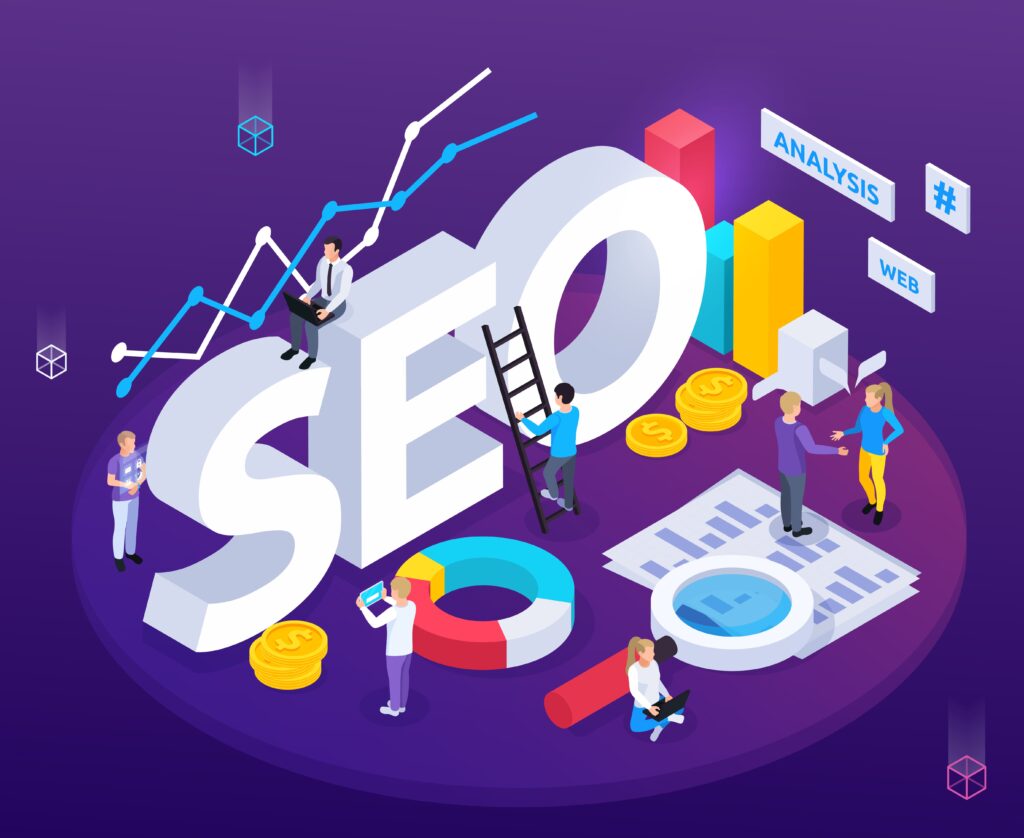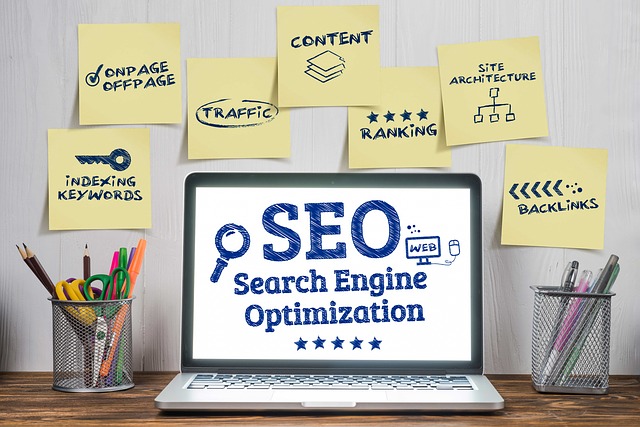
SEO is a complex area of digital marketing, full of terms and acronyms that can seem confusing to those not in the industry. To make things simple for you, the SEO experts at Newpath Web have put together this article, outlining the top terms you need to know to get a handle on how search engine optimization can assist your business.
Of course, if you have any further questions, please contact the team at Newpath Web. As a leading provider of SEO services in Australia, our experts will be happy to talk more about the ways that we can expand your digital presence.
Algorithm
In simple terms, an algorithm is a set of rules that a computer follows to complete a task. In the case of SEO, that task is to rank websites in an order that Google believes is most relevant and useful to the user.
Google relies on several different algorithms to rank websites by relevance and authority. What’s more, these algorithms are constantly being tweaked and updated, which means that digital marketers need to always be on their toes.
Anchor text
An anchor text is a visible link that directs you to another website or file. It is often blue and underlined.
Authority
How well a website ranks in search engine results is often put down to three factors: authority, relevance, and trust.
The best way to build your authority is by providing your visitors with high-quality content that is well-researched and relevant. You can also build authority through off-page strategies, such as link building and guest blogging.
Backlinks
A backlink is created when one website links to another website. To Google, this link is a signal that your website features quality content that is likely to be relevant to search engine users.
Backlinks can be created organically or link-building activities, like guest blogging.
Bots
Bots are exactly what they sound like — little automated robots that Google uses to crawl the internet and help gather information to rank websites.
Bounce rate
Bounce rate refers to the percentage of users who come to your website and leave without engaging any further past the home-page. Google takes this as a signal that your site doesn’t contain relevant information, products, or services — which is a bad thing. You should aim to keep your bounce rate low.
Branded keyword
A branded keyword is a search term that includes a company’s name. ‘Newpath Web SEO’ for example, would be a branded keyword.
CMS
CMS stands for content management system, a type of software that helps web developers build advanced, secure websites. Popular types of CMS platforms include WordPress, Drupal, and Kentico.
Crawling
Crawling is an activity that Google’s bots undertake to learn more about a website. It can be thought of as the bots way of ‘reading’. Google’s bots are constantly crawling the internet to find new websites and content to recommend to visitors.
Guest blogging
Guest blogging is a type of ‘off-page SEO’ strategy. By writing original, relevant content and having it published on quality websites, you can gain backlinks and promote your business.
Indexing
Indexing is what Google’s bots do after they crawl the internet. The information that they find is organised and stored so that it can be quickly retrieved when a user types a term into a search engine.
Keyword
Keywords are specific words and phrases that are incorporated into online content, with the aim of helping users find your website. One of the first steps of an SEO strategy is researching relevant keywords and coming up with a targeted content plan.
Off-page SEO
Off-page SEO activities are those that are designed to improve your search engine rankings by focusing on areas of opportunity external to your own website. For example, posting a guest blog on an industry-related website.
On-page SEO
On-page SEO involves strategies that are designed to help Google (and real humans) gain a better understanding of what your website is about. An example of on-page SEO is optimising content through the inclusion of keywords.
Organic
The term organic, when used in reference to marketing, describes strategies that do not involve paid advertisements. SEO is a type of organic marketing strategy as you do not have to pay to have your website sit at the top of Google’s rankings — you just have to work really, really hard!
Pay-per click
Pay-per click or PPC, on the other hand, refers to marketing strategies that involve purchasing advertisements on Google’s homepage. Many businesses structure their marketing plan to include both organic and paid strategies.
SEO
SEO stands for search engine optimisation. It is the practice of improving your website and content, in-line with Google’s algorithms.
SERP
SERP stands for search engine results page. Once you type a term into Google and hit enter, the SERP page appears. It typically contains not only organic results but paid advertisements and other visual snippets.
Sitemap
A sitemap is exactly what it sounds like; a map that search engine bots can use to crawl and index your website. Not all websites contain a sitemap but having one is an excellent idea.
Technical SEO
Closely related to on-page SEO, technical SEO strategies are designed to improve Google’s ability to crawl your website. They include removing dead links, deleting duplicate content, improving your site speed, and including a site map.
These are just a small snippet of the terms that are commonly used when talking about search engine optimisation. If you’re interested in improving your digital presence or exploring the world of SEO services in Australia, contact Newpath Web today.





